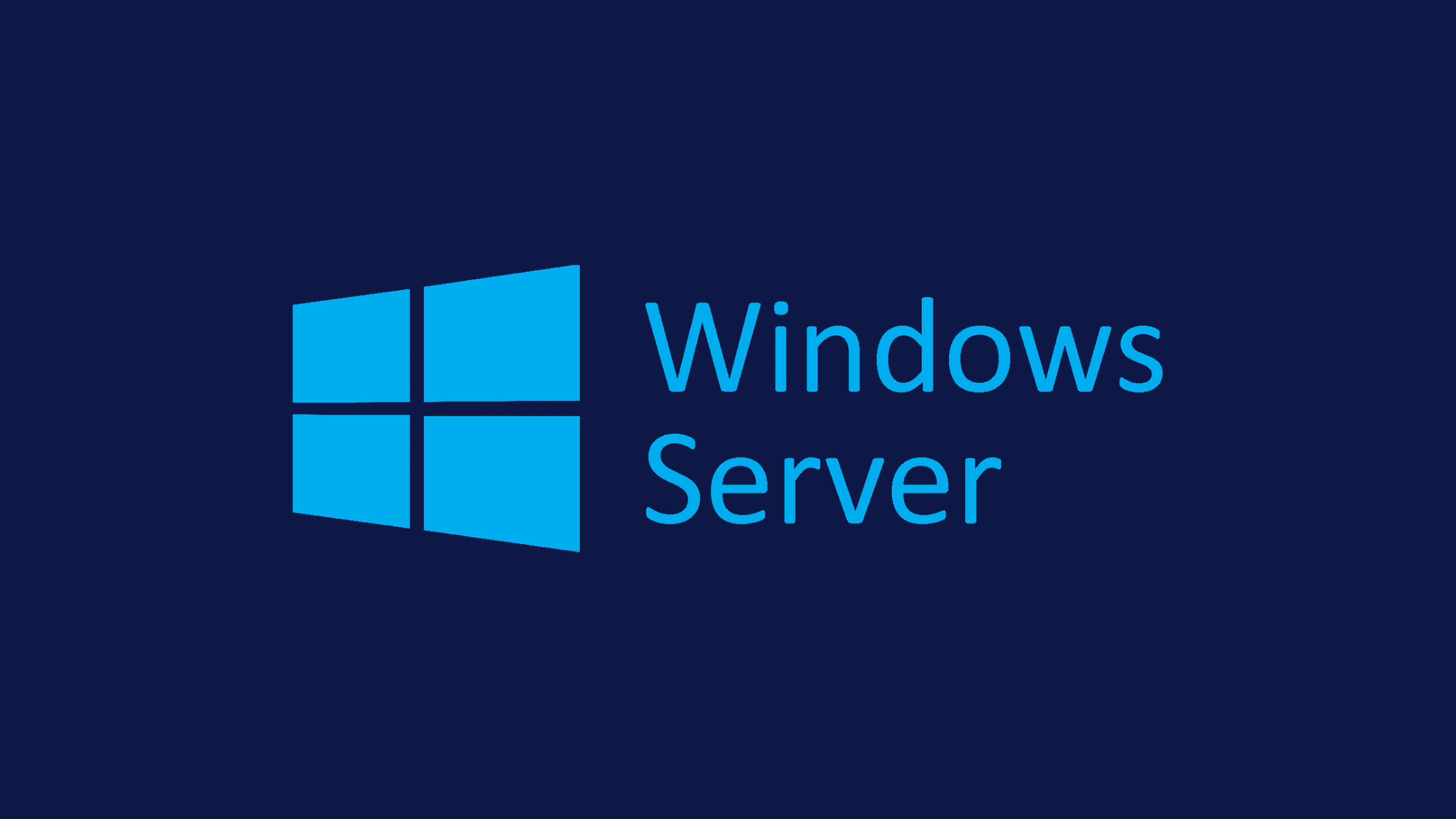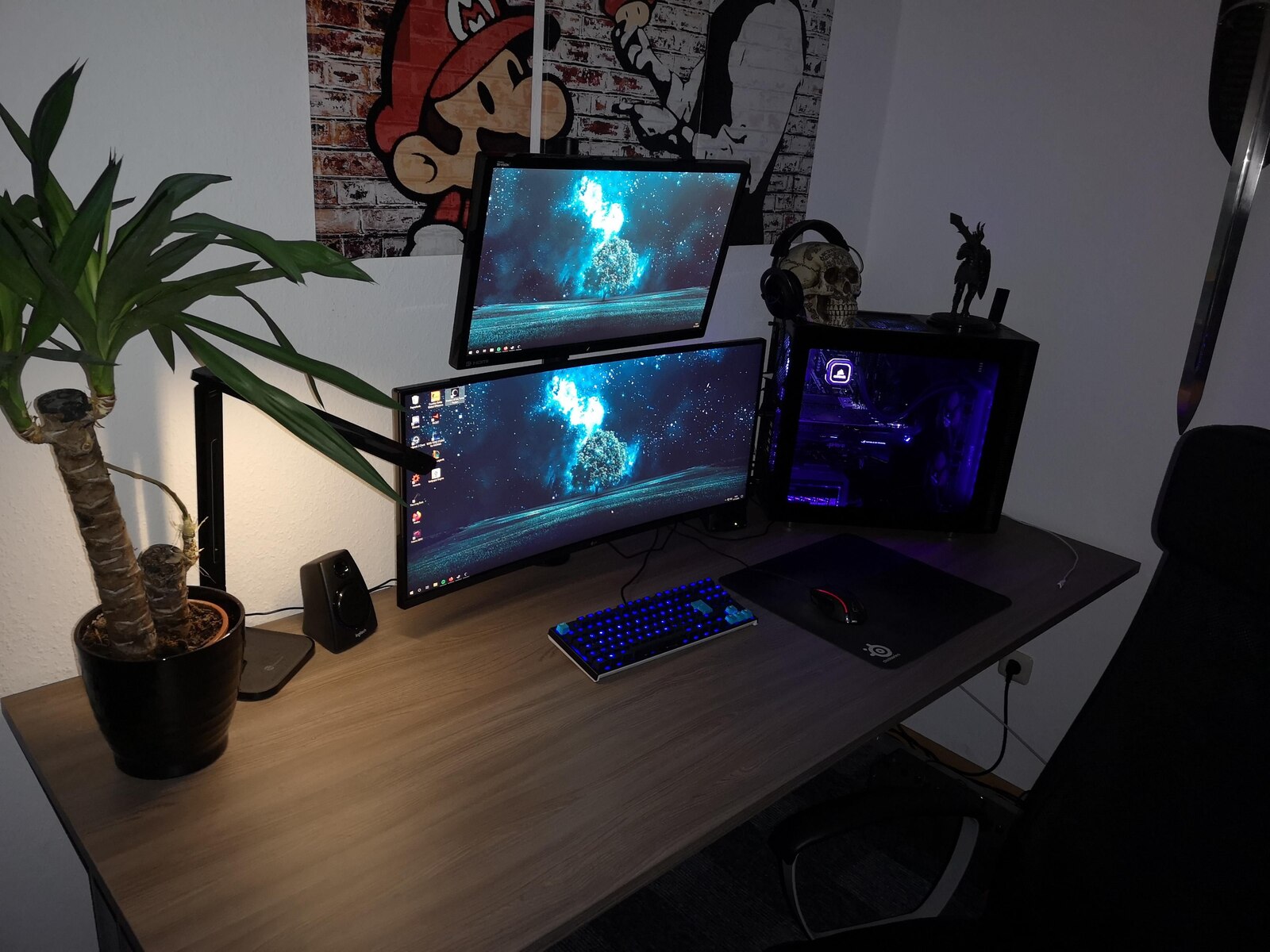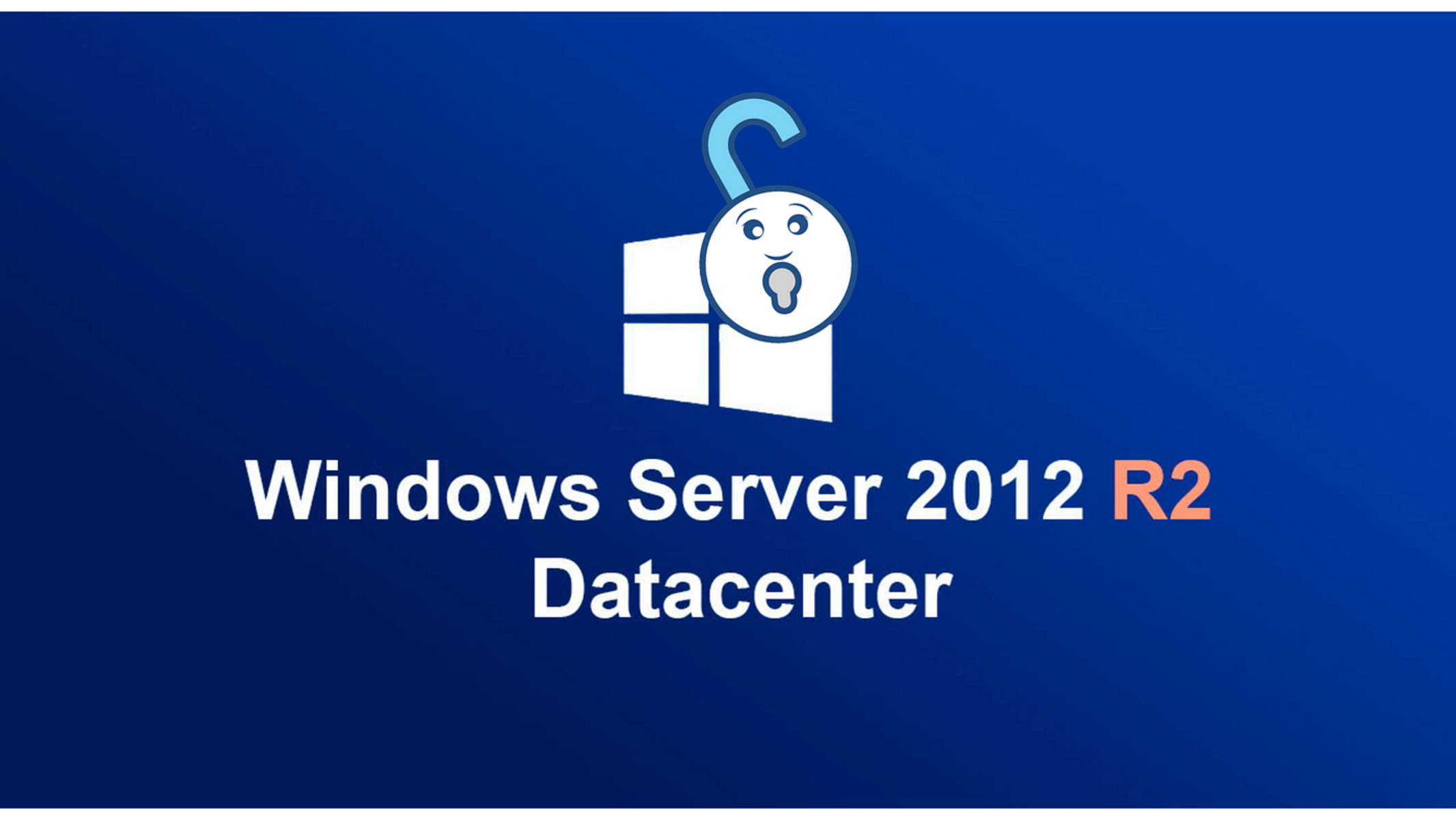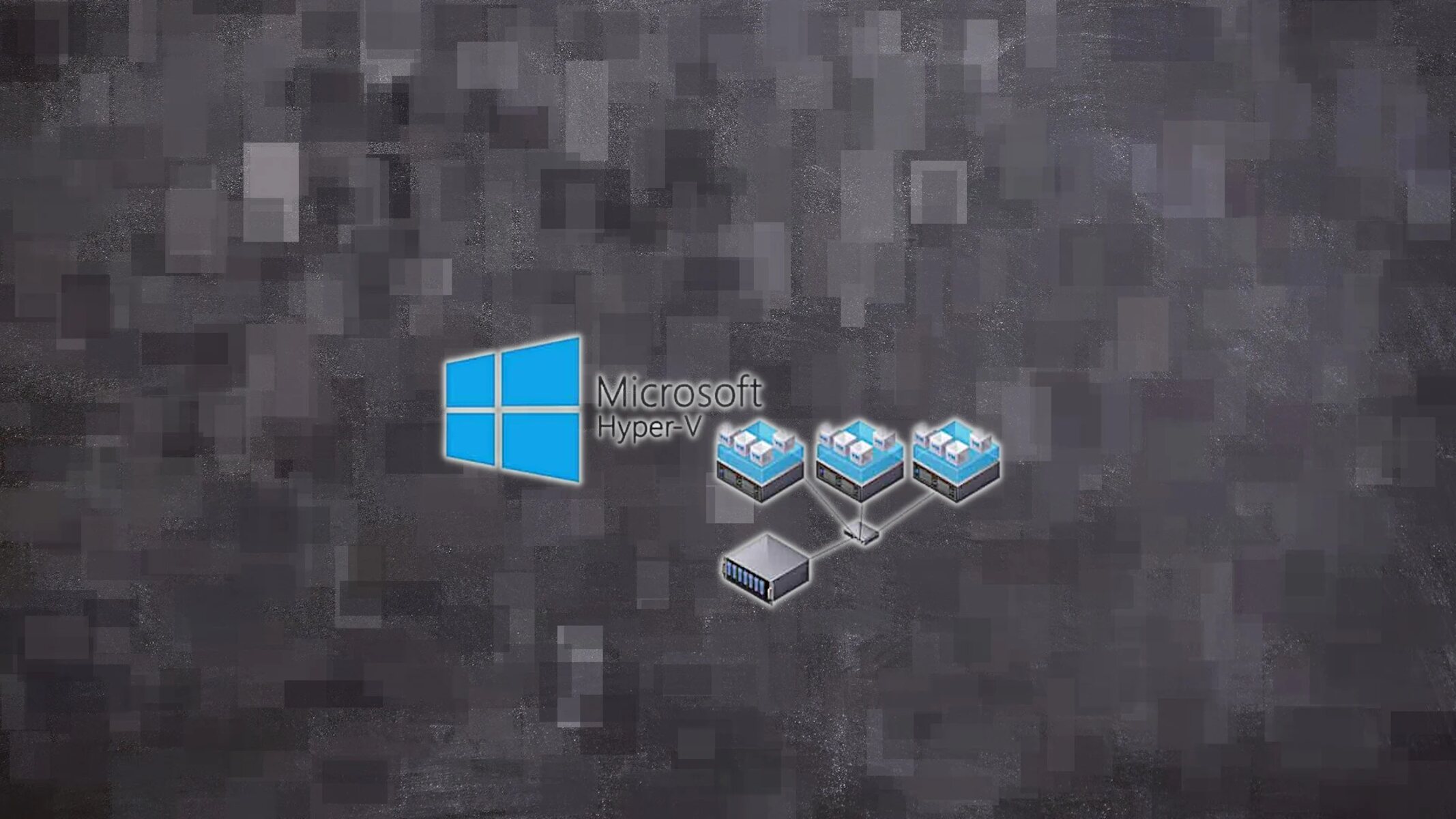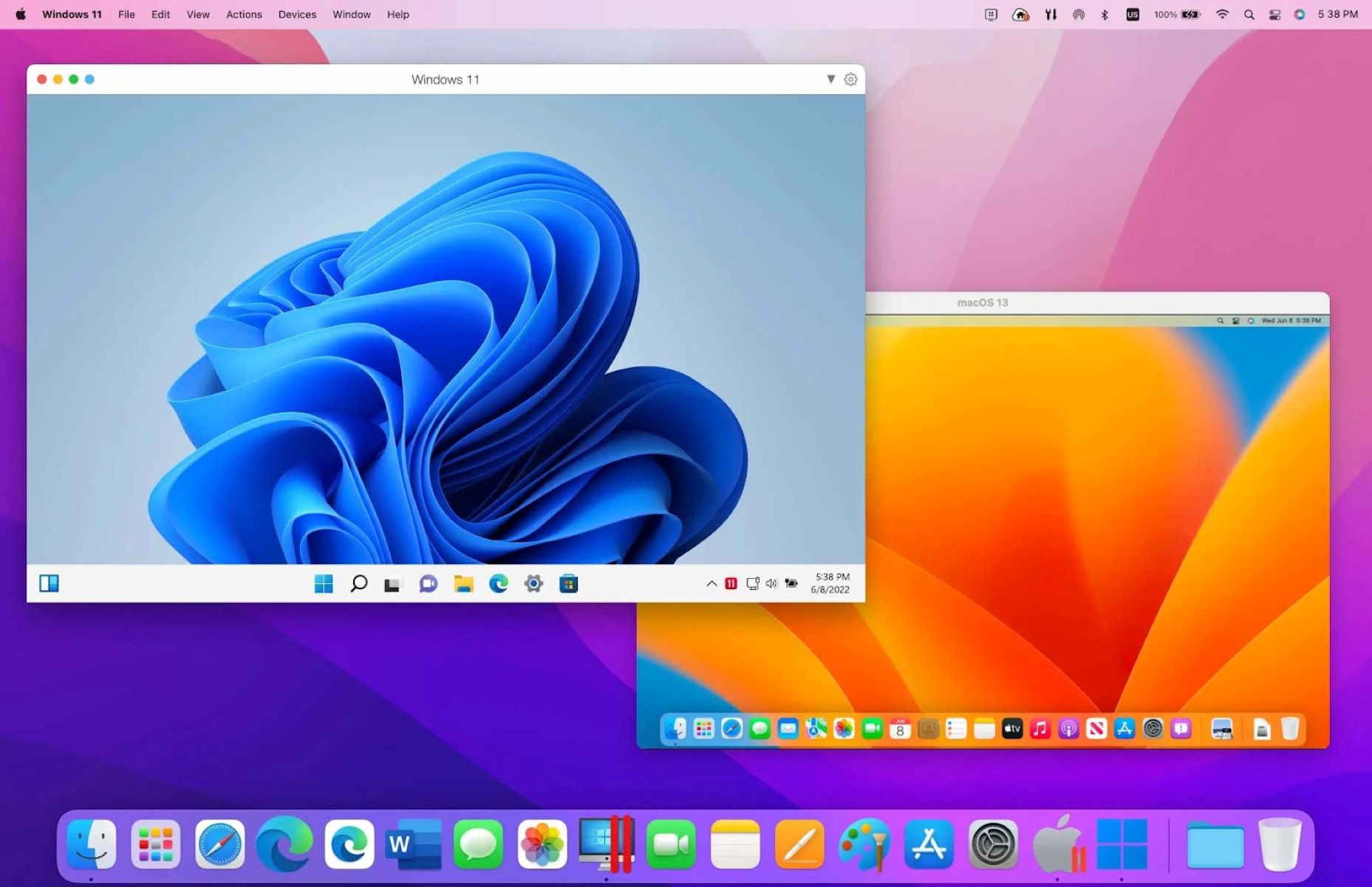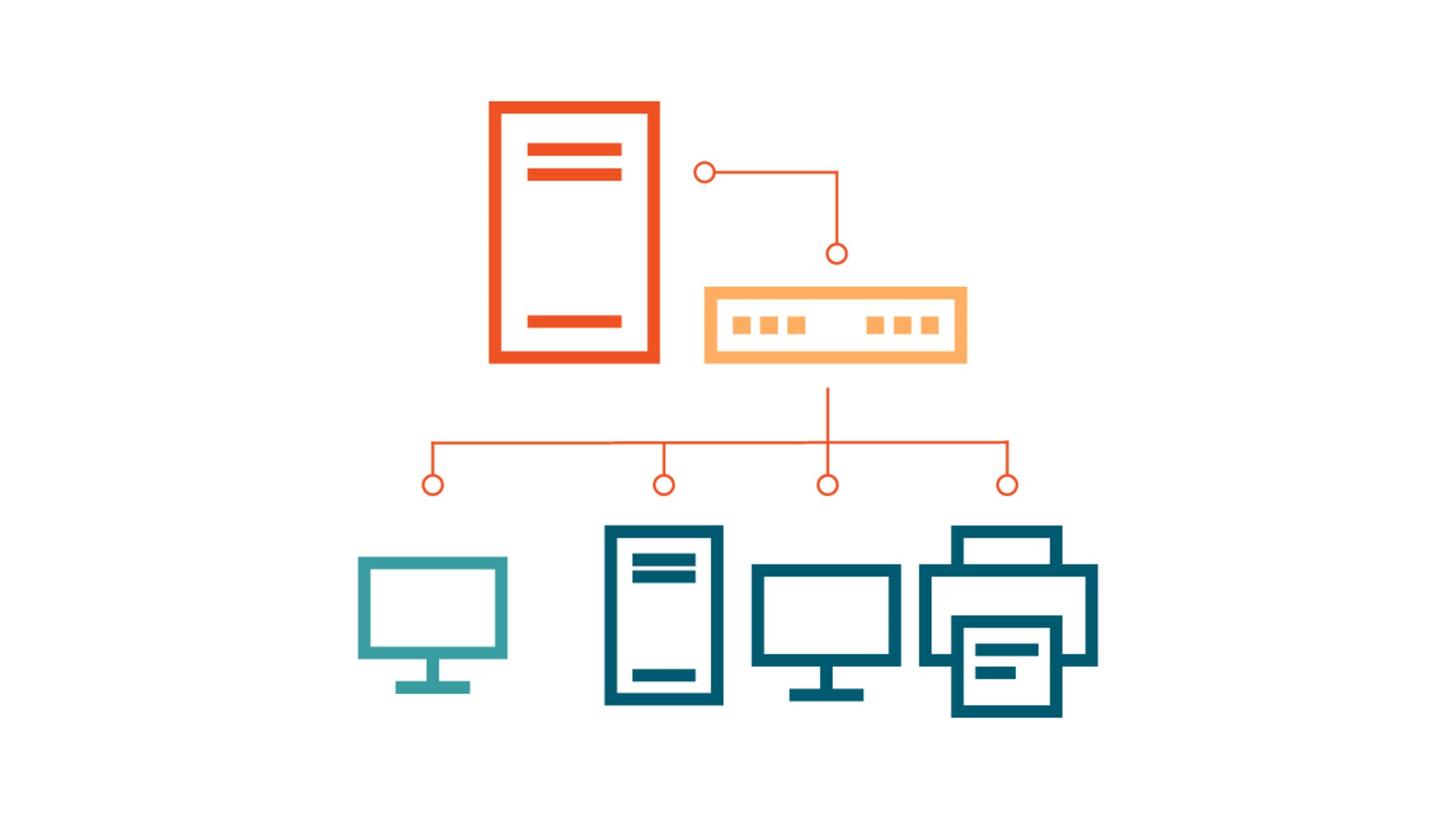Introduction
Virtualization has become an integral part of modern IT infrastructure, allowing users to run multiple operating systems on a single physical machine. VMware Workstation is one of the most popular virtualization platforms that provides a seamless and efficient way to create and manage virtual machines. Traditionally, VMware Workstation is installed on a local computer, but with advancements in technology, it is now possible to run VMware Workstation from a server.
Running VMware Workstation from a server brings numerous benefits and opens up new possibilities for users. It allows for centralized management of virtual machines, enhances resource utilization, and improves collaboration among team members. Additionally, running VMware Workstation from a server enables remote access to virtual machines, making it convenient for users to work from anywhere and on any device.
In this article, we will explore the benefits of running VMware Workstation from a server and provide a step-by-step guide on how to set it up. We will discuss the requirements for running VMware Workstation from a server, including the hardware and software prerequisites. We will also cover the installation and configuration process for the server, as well as how to access the VMware Workstation client from a remote computer.
Whether you are a system administrator looking to centralize virtual machine management or an individual user seeking the flexibility and convenience of remote access, running VMware Workstation from a server can immensely improve your virtualization experience. Read on to learn how to make the most of this powerful feature.
What is VMware Workstation?
VMware Workstation is a virtualization software developed by VMware Inc. It allows users to create, run, and manage multiple virtual machines on a single physical computer. With VMware Workstation, users can simulate different operating systems and software configurations without the need for separate physical hardware.
VMware Workstation provides a robust and feature-rich environment for virtualization. It supports a wide range of operating systems, including Windows, macOS, and various Linux distributions. Users can easily install and configure multiple virtual machines within VMware Workstation, each with its own set of resources such as CPU, memory, storage, and network connectivity.
One of the key advantages of VMware Workstation is its ability to run virtual machines in isolated environments. This means that any changes made within a virtual machine do not affect the host operating system or other virtual machines running concurrently. This isolation makes it ideal for testing applications, software development, and creating sandbox environments for experimenting with different configurations.
VMware Workstation also provides advanced features such as snapshotting, which allows users to capture the current state of a virtual machine and revert back to it at any time. This feature is particularly useful for creating checkpoints during software testing or troubleshooting. Additionally, VMware Workstation offers seamless integration with popular development tools and frameworks, making it a valuable asset for developers and IT professionals.
Furthermore, VMware Workstation supports virtual networking, enabling users to create complex network topologies within the virtual environment. This allows for testing network configurations, simulating network environments, and even setting up virtual network labs for training and educational purposes.
With its intuitive and user-friendly interface, VMware Workstation is suitable for both novice users and experienced professionals. It provides a flexible and efficient way to harness the power of virtualization, enabling users to save time, resources, and hardware costs.
Now that we have a clear understanding of what VMware Workstation is, let’s explore the benefits of running it from a server in the next section.
Benefits of Running VMware Workstation from a Server
Running VMware Workstation from a server brings numerous benefits that can greatly enhance the virtualization experience. Whether you are a system administrator managing a large number of virtual machines or an individual user seeking remote access and improved collaboration, here are some key advantages of running VMware Workstation from a server:
- Centralized Management: By running VMware Workstation from a server, you can centrally manage all your virtual machines. This eliminates the need to individually manage virtual machines on multiple local computers, making it more efficient and convenient to handle tasks like creating, cloning, and upgrading virtual machines. Centralized management also allows for easier monitoring and troubleshooting of virtual machine environments.
- Improved Resource Utilization: When running VMware Workstation from a server, you can make the most efficient use of your hardware resources. By consolidating multiple virtual machines onto a single server, you can optimize CPU, memory, and storage utilization. This can result in cost savings by reducing the need for additional physical hardware and improving overall system performance.
- Enhanced Collaboration: Running VMware Workstation from a server makes it easier to collaborate with team members or colleagues. With shared access to virtual machines, team members can work simultaneously on projects, share files, and collaborate on troubleshooting tasks. This promotes better teamwork and allows for seamless knowledge sharing within the organization.
- Remote Access: One of the major benefits of running VMware Workstation from a server is the ability to access your virtual machines remotely. This means you can work on your virtual machines from anywhere and on any device with a network connection. Remote access eliminates the need to be physically present at the server location, providing flexibility and convenience for both individuals and organizations.
- Increased Security: Running virtual machines from a central server can enhance security measures. By isolating sensitive data and applications within the server environment, you can minimize the risk of data breaches or unauthorized access. You can also implement better security practices such as regular backups, access control policies, and encryption mechanisms to protect your virtual machines and critical data.
Overall, running VMware Workstation from a server offers numerous advantages in terms of centralized management, resource utilization, collaboration, remote access, and security. Whether you are a small business, a large enterprise, or an individual user, leveraging these benefits can greatly improve your virtualization workflow and enable you to make the most of VMware Workstation.
Requirements for Running VMware Workstation from a Server
Before setting up VMware Workstation to run from a server, it is important to ensure that your infrastructure meets the necessary requirements. Here are the key hardware and software prerequisites:
- Server Hardware: You will need a server with sufficient resources to host and run the virtual machines. This includes an adequate amount of CPU cores, memory, and storage capacity. The specific requirements will vary depending on the number and types of virtual machines you plan to use. It is recommended to consult VMware’s documentation for detailed hardware recommendations based on your specific use case.
- Server Operating System: Ensure that your server is running a supported server operating system. VMware Workstation supports various server operating systems, including Windows Server, Linux distributions, and macOS Server. Check the VMware documentation for the specific versions and compatibility information.
- Network Connectivity: A stable network connection is essential for running VMware Workstation from a server. Ensure that the server has access to a reliable network with sufficient bandwidth to handle the virtual machine traffic.
- VMware Workstation License: You will need a valid license for VMware Workstation to run it from a server. Depending on your requirements, you may need to obtain a server license, which allows the installation and use of VMware Workstation in a server environment. Make sure to obtain the appropriate license to comply with VMware’s licensing terms and conditions.
- Remote Access Software: If you plan to access VMware Workstation from a remote computer, you may need to install remote access software. This can include Remote Desktop Protocol (RDP) software, Virtual Network Computing (VNC) applications, or other remote access solutions that allow you to connect to the server and access the VMware Workstation client interface.
It is important to note that the specific requirements may vary depending on the version of VMware Workstation and the server operating system you are using. It is recommended to refer to the official VMware documentation and product guides for detailed information regarding the requirements.
Once you have ensured that your server meets the necessary requirements, you can proceed with the installation and configuration of VMware Workstation on the server, which we will cover in the next section.
Installing and Configuring the Server
Once you have ensured that your server meets the necessary requirements, you can begin the process of installing and configuring VMware Workstation. Follow these steps to set up your server for running VMware Workstation:
- Install the Server Operating System: Start by installing the supported server operating system on your server. This process may vary depending on the specific operating system you choose. Follow the installation instructions provided by the operating system vendor.
- Install the Necessary Software Packages: After the server operating system is installed, make sure to install any required software packages and dependencies. These may include libraries, drivers, and other components necessary to run VMware Workstation smoothly on your server.
- Download and Install VMware Workstation: Obtain the latest version of VMware Workstation from the official VMware website. Follow the installation instructions provided by VMware to install VMware Workstation on your server. Ensure that you have the appropriate license key ready during the installation process.
- Configure Network Settings: Configure the network settings of your server to ensure proper connectivity. Assign a static IP address or configure the server to obtain an IP address automatically from a DHCP server. Make sure that your server’s network settings are compatible with your network topology and that it has access to the internet if necessary.
- Set up Firewall and Security Settings: Review and configure the firewall and security settings on your server. Ensure that the necessary ports and protocols required by VMware Workstation are open and accessible. Implement any additional security measures, such as access control policies or encryption, to protect your virtual machines and server environment.
- Configure Storage and Resource Allocation: Set up storage and allocate resources for virtual machines on your server. This includes configuring storage devices, creating storage volumes, and deciding how much CPU, memory, and storage capacity each virtual machine should be assigned. Follow best practices provided by VMware to optimize resource allocation and performance.
- Test and Verify the Server Configuration: Before using VMware Workstation on the server, it is recommended to perform tests and verify that everything is functioning correctly. Create a test virtual machine and ensure that you can start, stop, and manage it successfully. Test network connectivity and remote access if applicable. Address any issues or errors that may arise during this testing phase.
Once you have successfully installed and configured VMware Workstation on your server, you are ready to start using it to run your virtual machines. In the next section, we will discuss how to access VMware Workstation client from a remote computer.
Setting up VMware Workstation on the Server
After successfully installing and configuring the server, the next step is to set up VMware Workstation to run on your server. Follow these steps to get VMware Workstation up and running:
- Launch VMware Workstation: Open VMware Workstation on your server. Depending on your server operating system, you may find it in the Start menu or Applications folder. Ensure that you have administrative privileges to run VMware Workstation.
- Create a New Virtual Machine: In VMware Workstation, click on the option to create a new virtual machine. Follow the guided wizard to set up the virtual machine, including selecting the operating system, specifying resource allocation, and configuring network settings. Repeat this step for each virtual machine you want to run on your server.
- Configure Virtual Machine Settings: Customize the settings of each virtual machine as needed. This includes specifying the amount of memory and CPU cores assigned to each virtual machine, adding or removing virtual hardware devices, and configuring advanced options such as virtualization settings and power management.
- Install Guest Operating Systems: Install the guest operating systems on your virtual machines as you would on a physical computer. This involves booting from an installation source, such as an ISO file or physical media, and following the installation prompts. Repeat this step for each virtual machine you have created.
- Install VMware Tools: After the guest operating systems are installed, install VMware Tools on each virtual machine. VMware Tools provide optimized drivers and utilities that enhance the performance and functionality of virtual machines. It enables features like drag-and-drop file sharing and seamless mouse integration between the guest and host operating systems.
- Start and Test Virtual Machines: Once the virtual machines are set up and configured, start them and verify that they are functioning properly. Ensure that the guest operating systems boot successfully and that all desired functionalities are working as expected. Use this opportunity to perform any necessary troubleshooting or adjustments.
- Manage Virtual Machines: From the VMware Workstation interface, you can manage and control your virtual machines. This includes tasks such as starting, stopping, suspending, cloning, taking snapshots, and migrating virtual machines. Familiarize yourself with the VMware Workstation interface and its various management features.
Once you have completed these steps, VMware Workstation will be up and running on your server, and you will have virtual machines ready to be utilized. In the next section, we will explore how to access the VMware Workstation client from a remote computer.
Accessing VMware Workstation Client from a Remote Computer
One of the significant advantages of running VMware Workstation from a server is the ability to access it from a remote computer. This allows you to work on your virtual machines from anywhere and on any device. Follow the steps below to access the VMware Workstation client from a remote computer:
- Ensure Network Connectivity: Make sure that the server running VMware Workstation and the remote computer are connected to the same network or can communicate with each other over the internet. This is crucial for establishing a connection between the client and the server.
- Install Remote Access Software: Depending on the server operating system and the client operating system, you may need to install remote access software. This software enables you to establish a connection to the server and interact with the VMware Workstation client interface. Common examples include Remote Desktop Protocol (RDP) for Windows or Virtual Network Computing (VNC) applications.
- Configure the Server for Remote Access: Ensure that the server is set up to allow remote access. This may involve enabling remote access options, configuring firewall rules, and setting up appropriate network permissions. Consult the documentation for your server operating system and remote access software for detailed instructions on configuring the server for remote access.
- Obtain the Server IP Address: Determine the IP address or hostname of the server running VMware Workstation. This information is necessary to establish a connection from the remote computer.
- Establish the Remote Connection: Launch the remote access software on the remote computer and use the server IP address or hostname to establish a connection to the server. Follow the prompts and provide any necessary authentication credentials, such as username and password, to connect to the server.
- Access the VMware Workstation Client: Once the remote connection is established, you should be able to access the VMware Workstation client interface. Launch the VMware Workstation application and log in with the necessary credentials. You will then have access to manage and interact with your virtual machines running on the server.
- Manage Virtual Machines Remotely: From the remote VMware Workstation client interface, you can manage your virtual machines just as you would on a local machine. Start, stop, suspend, clone, and perform other management tasks on your virtual machines based on your requirements. Any changes made within the remote client will be reflected on the server.
By following these steps, you can effectively access the VMware Workstation client from a remote computer, allowing you to work on your virtual machines from anywhere with an internet connection. This flexibility and convenience enable increased productivity and mobility for both individuals and teams.
Troubleshooting Common Issues
While running VMware Workstation from a server can offer numerous benefits, it’s important to be aware of and address any potential issues that may arise. Here are some common issues that you may encounter when using VMware Workstation from a server and some troubleshooting steps to resolve them:
- Network Connectivity: If you are unable to establish a remote connection to the server or experience network-related issues, ensure that the server and the remote computer are connected to the same network. Check firewall settings on both the server and the remote computer to ensure that necessary ports are open for communication.
- Performance Issues: If you are experiencing slow performance or lag when accessing virtual machines remotely, consider checking the server’s resource allocation. Ensure that the server has sufficient CPU, memory, and storage resources to handle the workload. You may need to increase the allocated resources or optimize resource utilization by adjusting the virtual machine settings.
- Authentication Problems: If you are unable to authenticate or log in to the server from the remote client, verify that you are using the correct username and password. Check the server’s user permissions and authentication settings to ensure that the remote user has the necessary access rights. If necessary, create a new user account with appropriate access privileges.
- Compatibility Issues: Ensure that the server operating system and VMware Workstation versions are compatible. Check VMware’s documentation and support articles to verify compatibility and ensure that you have installed the correct version for your server operating system. Additionally, make sure that the operating systems of your virtual machines are compatible with VMware Workstation.
- Virtual Machine Failures: If a virtual machine fails to start or encounters errors, review the VMware Workstation logs for any error messages or warnings. Check the virtual machine’s configuration, including hardware settings and storage allocation, to ensure they are properly configured. If necessary, restore from a snapshot or perform a clean installation of the virtual machine.
- Security Concerns: If you have concerns about the security of your remote access connection, ensure that you are using secure remote access protocols and encryption. Consider implementing additional security measures, such as using virtual private networks (VPNs) to establish secure connections to the server.
In case you encounter any issues or errors that you are unable to resolve, consult the VMware Workstation documentation, knowledge base, or community forums for further assistance. These resources often provide valuable insights and solutions to common problems.
By troubleshooting and addressing these common issues, you can ensure a smooth and efficient experience when running VMware Workstation from a server, making the most of its features and benefits.
Conclusion
Running VMware Workstation from a server offers significant benefits for both individuals and organizations. The ability to centralize virtual machine management, improve resource utilization, enhance collaboration, enable remote access, and increase security make it an attractive option for virtualization enthusiasts and professionals.
In this article, we explored the concept of running VMware Workstation from a server and discussed its advantages. We outlined the requirements for running VMware Workstation from a server, including the necessary hardware, software, and network considerations. Furthermore, we provided a step-by-step guide on how to install and configure the server for VMware Workstation, as well as how to access the VMware Workstation client from a remote computer.
Additionally, we covered common issues that may arise when running VMware Workstation from a server and presented troubleshooting steps to address them. By being aware of potential challenges and knowing how to resolve them, users can overcome obstacles and maximize the benefits of running VMware Workstation from a server.
Running VMware Workstation from a server empowers users to efficiently manage virtual machines, optimize resource utilization, foster collaboration, and enjoy the flexibility of remote access. Whether you are a system administrator or an individual user, implementing this setup can significantly enhance your virtualization workflow and improve productivity.
As virtualization continues to play a crucial role in IT infrastructure, running VMware Workstation from a server opens up new possibilities and provides a streamlined approach to managing virtual machines. By following the guidelines and best practices outlined in this article, you can harness the power of VMware Workstation and leverage its features to meet your virtualization needs.







